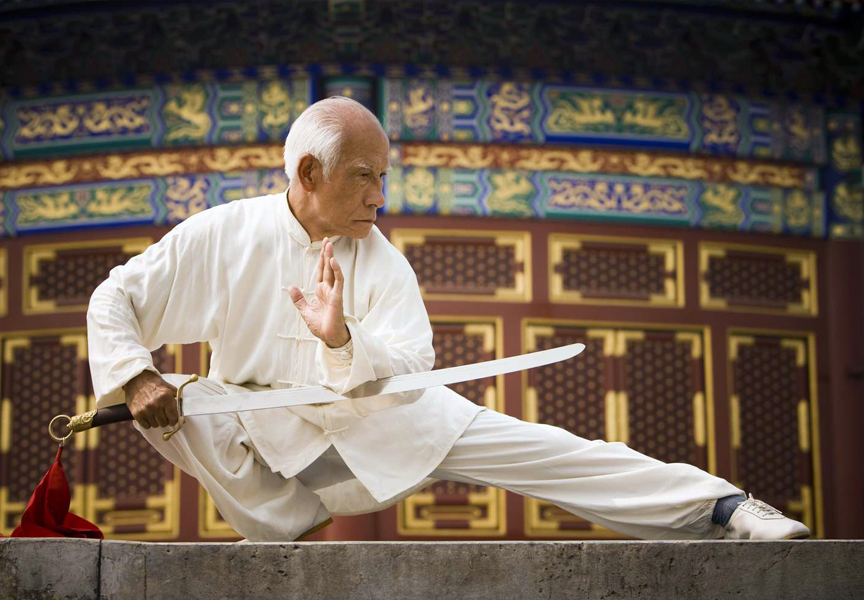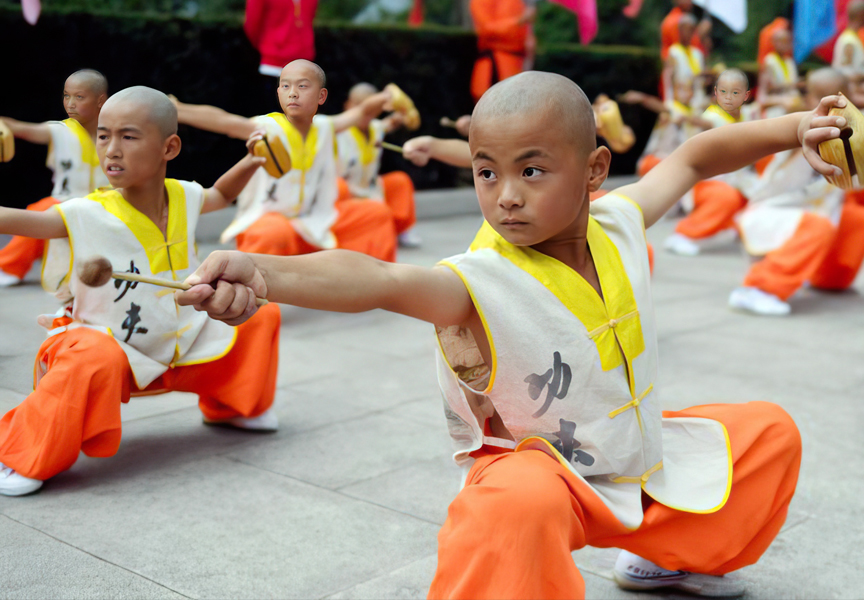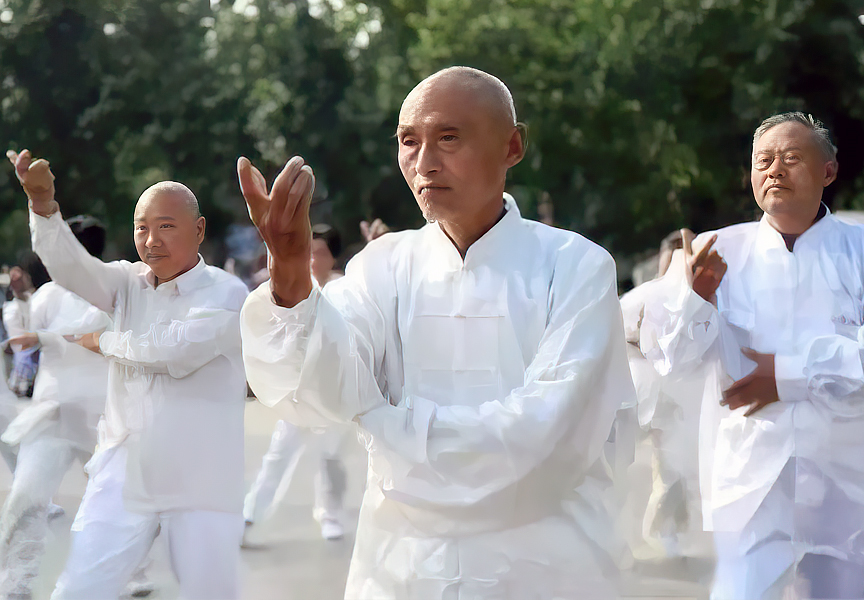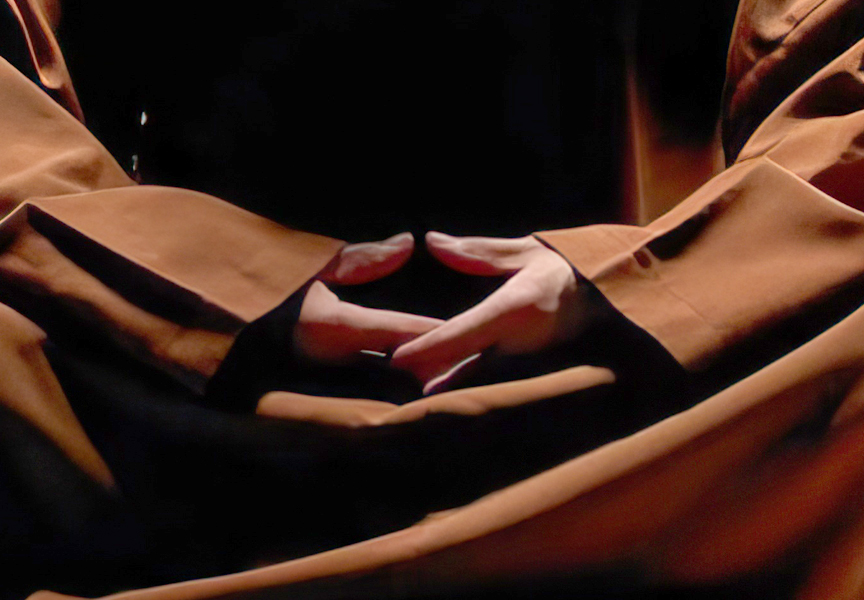Random Free Articles
- Dedication to Learning a Martial Art

Martial arts are not just a form of physical exercise or self-defense; they are a way of life. To truly master a martial art, one must embrace a journey that demands unwavering dedication, discipline, and a deep respect for tradition. Learning a martial art is not a casual pursuit; it requires a commitment that goes far beyond the confines of a dojo or training hall. In this article, we explore the importance of dedication to learning a…
- Body Flexibility in Martial Arts

Martial arts, with its rich history and diverse forms, is not just about mastering kicks, punches, and self-defense techniques. It also requires an incredible degree of body flexibility. Flexibility is a crucial aspect of martial arts, as it not only enhances one's performance but also helps in preventing injuries. In this article, we will explore the significance of body flexibility in martial arts, its various types, and the benefits it…
- Overcoming the First Hurdle

Walking into a Martial Arts Dojo for the First Time Embarking on the journey of learning martial arts can be a daunting prospect for many. The mystique surrounding the dojo and the myriad of preconceived notions can create mental barriers, often discouraging individuals from taking that first step through the front door. This article aims to demystify the most challenging part of starting martial arts – the initial act of walking into the…
- The Dual Streams of Wushu

The rich tapestry of Chinese martial arts is woven with threads of tradition, discipline, and a profound understanding of combat. Within this intricate web, two distinct streams have emerged, shaped by the divergent contexts in which they were honed: military martial arts [Chin.: Jūnlǚ wǔshù 軍旅武術] and civilian martial arts [Chin.: Mínjiān wǔshù 民間武術]. Understanding the origins, evolution, and purposes of these two…
- Song Kua in Shaolin Rou Quan

The Essence of Relaxation and Expansion Shaolin Rou Quan, is a Chinese Shaolin martial art that emphasizes the principles of balance, harmony, and the cultivation of internal energy. One crucial concept in Shaolin Rou Quan that encapsulates the essence of its movements is Song Kua -[Chin.: Sōng kuā 松夸], which can be translated as (relax the hip joints) or (open the crotch.) Understanding and embodying the principle of Song Kua is…

